In the mining and construction industries, stone crushers play a pivotal role in transforming raw materials into usable aggregates. However, the wear parts of these machines are subject to extreme conditions, leading to significant wear and tear. Understanding how to extend the lifespan of these components and reduce maintenance costs is crucial for operators seeking to enhance productivity and profitability. This article delves into the various aspects of stone crusher wear parts, including their importance, common types, factors affecting wear, and strategies to extend their lifespan while minimizing maintenance costs.
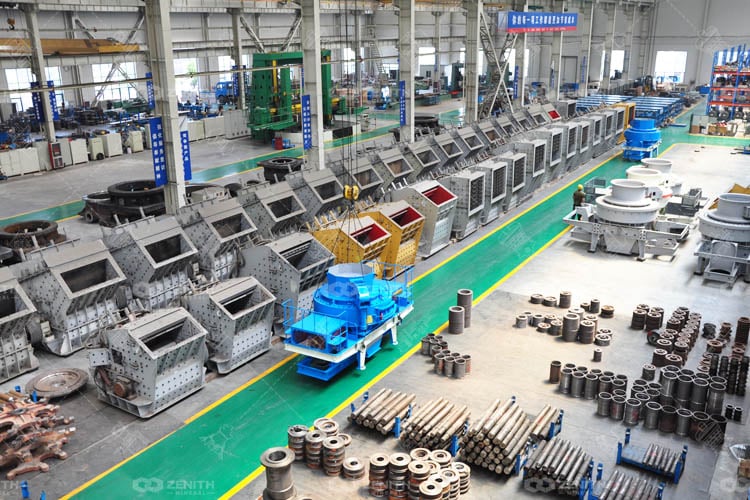
Wear parts are components of a stone crusher that experience significant wear and tear during operation. These parts include:
Jaw plates are vital components of jaw crushers, which are one of the most common types of crushing equipment used in the industry. These plates are typically made from high manganese steel, which provides excellent resistance to wear. The primary function of jaw plates is to crush material by compressing it between two surfaces: the stationary jaw plate and the moving jaw plate. As the material is fed into the crusher, the moving jaw plate moves back and forth, creating a crushing action that reduces the size of the material. Over time, jaw plates will wear down, leading to reduced efficiency and increased energy consumption. Regular inspection and timely replacement of jaw plates are crucial to maintaining optimal performance.
Mantles and concaves are essential components of cone crushers. The mantle is a conical-shaped piece that sits on top of the crushing chamber, while the concave is the stationary part that forms the outer wall of the chamber. Together, they create a space where material is crushed as it is fed into the machine. The design of these parts allows for a continuous crushing action, as the mantle moves in a circular motion, compressing the material against the concave. Like jaw plates, mantles and concaves are typically made from high-quality alloys that provide durability and resistance to wear. Regular monitoring of these components is necessary, as worn mantles and concaves can lead to poor crushing performance and increased operational costs.
Hammers are crucial components of impact crushers, which are used for a variety of applications, including recycling and aggregate production. These heavy-duty components strike the material at high speeds, breaking it apart through impact. Hammers are designed to withstand the forces generated during the crushing process and are often made from high-strength steel or alloy materials. They come in various shapes and sizes, depending on the specific design of the impact crusher and the type of material being processed. Worn or damaged hammers can significantly affect the efficiency of the crusher, leading to increased downtime and maintenance costs.
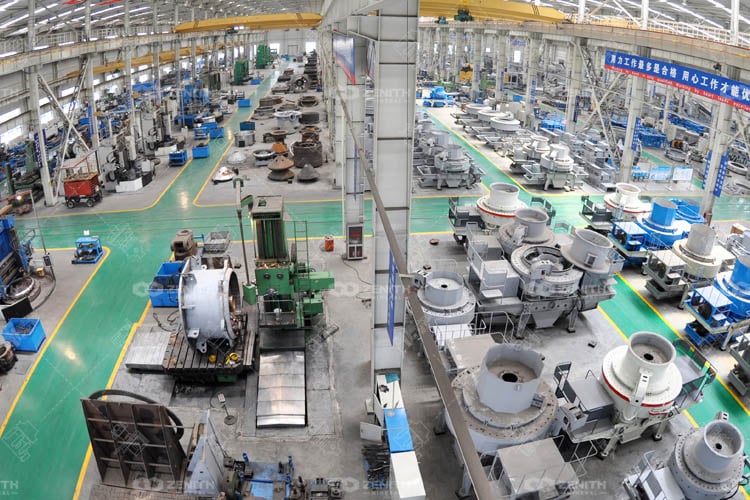
Blow bars are used in horizontal shaft impact (HSI) crushers and play a crucial role in the crushing process. These bars are designed to impact and crush the material as it is fed into the machine. Blow bars are typically made from high chrome iron, which provides excellent wear resistance and toughness. The shape and design of blow bars can vary, with options including curved, straight, or semi-curved configurations to optimize performance for different applications. Like other wear parts, blow bars will wear down over time, and their condition should be regularly monitored to ensure efficient operation. Replacing worn blow bars in a timely manner can prevent further damage to the crusher and reduce maintenance costs.
Screens used in various types of crushers, screens help separate crushed material based on size. They can be made from different materials, including wire mesh or perforated plates, and are subject to wear due to abrasion from the material being processed.
These are protective coatings found in the crushing chamber of crushers. They help to protect the structure of the crusher from wear caused by the material being crushed. Liners can be found in both cone and impact crushers and are often made from high-strength materials to extend their lifespan.
In impact crushers, rotors are the components that hold the hammers and are responsible for the initial impact on the material. They can experience significant wear due to the high-speed rotation and the impact forces involved.
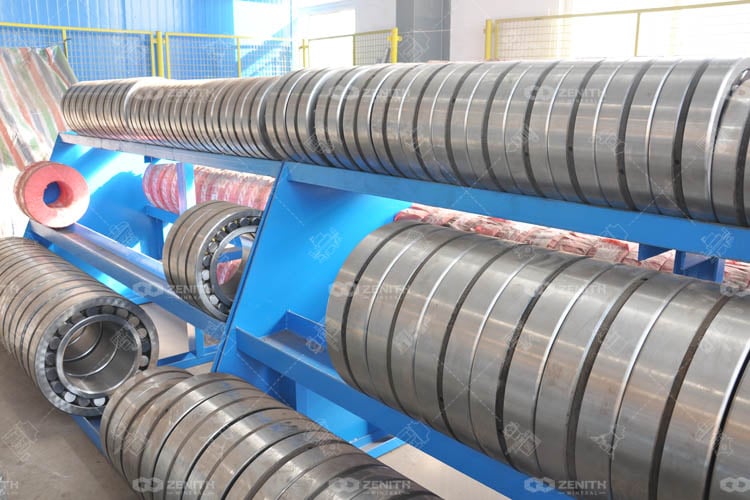
The performance of a stone crusher is heavily reliant on its wear parts. High-quality wear parts can lead to:
Investing in high-quality wear parts is one of the most effective ways to extend their lifespan. Look for manufacturers that provide:
Establishing a regular maintenance schedule can help identify wear issues before they lead to significant problems. Key practices include:
Adjusting operating conditions can significantly reduce wear on components:
Incorporating advanced technologies can help monitor and improve the performance of wear parts:
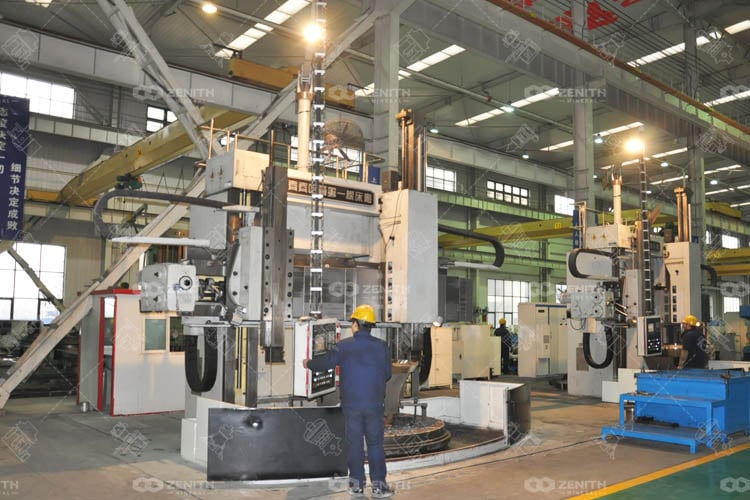
Proper training of operators is essential for maintaining the longevity of wear parts:
In some cases, alternative materials can provide enhanced wear resistance:
By extending the lifespan of wear parts, operators can significantly reduce the frequency of replacements, leading to lower costs over time. This includes not only the cost of the parts themselves but also the labor costs associated with changing out worn components.
Maintaining an efficient inventory of wear parts can help reduce costs. Key strategies include:
Reducing maintenance time and labor costs can be achieved through:
The longevity and performance of stone crusher wear parts are critical for maintaining operational efficiency and reducing costs in the mining and construction industries. By understanding the factors that affect wear parts lifespan and implementing effective strategies, operators can extend the life of these components and significantly cut maintenance costs.
By focusing on these strategies, companies can enhance the lifespan of their stone crusher wear parts, improve overall productivity, and achieve significant cost savings in maintenance and operations.
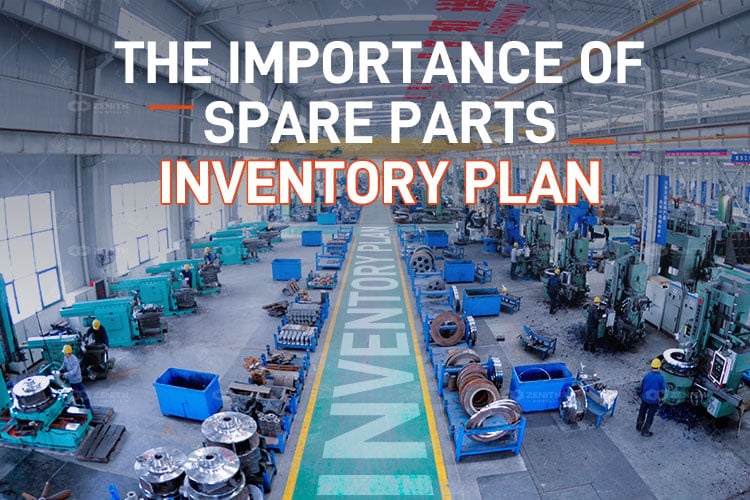
The formulation and implementation of a comprehensive spare parts inventory plan for aggregates production lines is a strategic imperative.
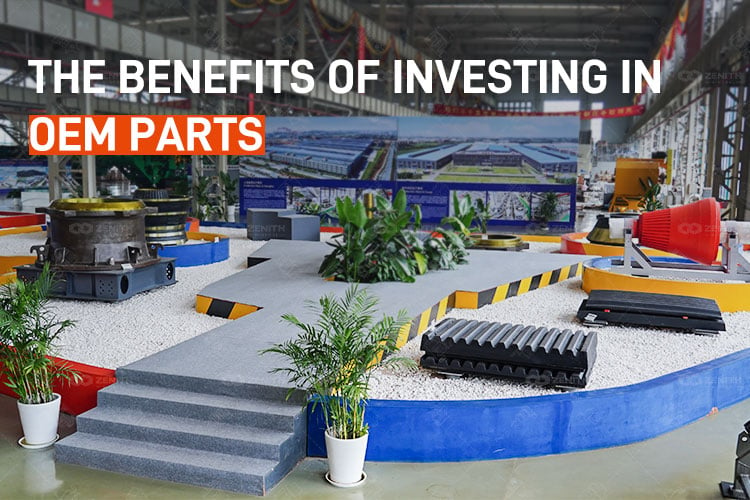
Choosing OEM therefore secures equipment reliability and optimized performance for maximum profitability over the equipment's working life.
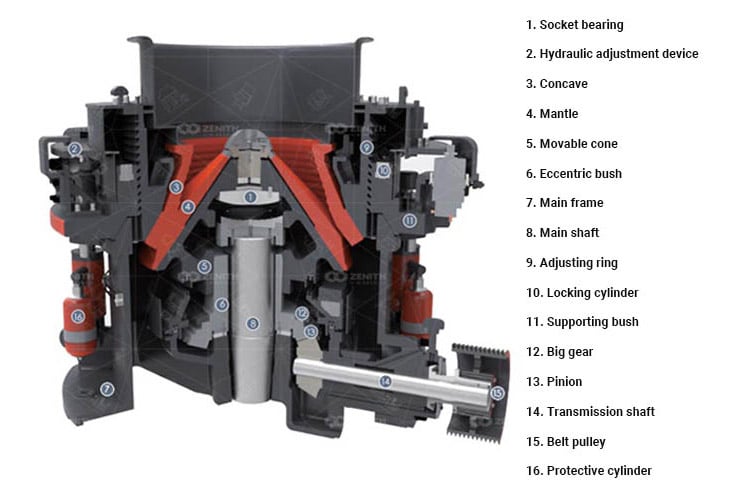
Our HPT series cone crusher uses advanced automation and componentry for high-production applications, understanding key cone crusher parts aids operation and maintenance.
Fill your requirements here, and we'll send the custmized solution and quotation to you by the reserved contact information.